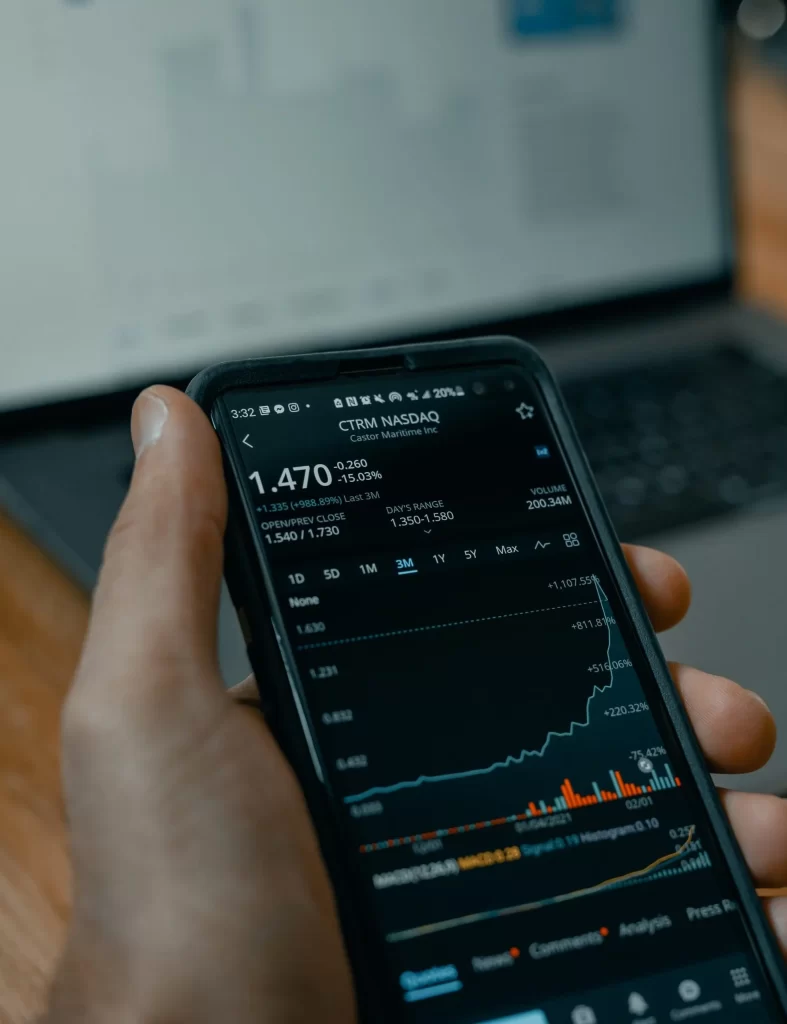In the dynamic world of sports betting, success hinges on the ability to make precise predictions that outsmart the unpredictable nature of athletic competition. As enthusiasts and professionals alike seek to decode the secrets behind consistently accurate sports picks, a blend of analytical prowess, strategic insights, and a touch of intuition emerges as the winning formula. At the heart of successful sports predictions lies a meticulous analysis of statistical data. In an era dominated by advanced analytics, bettors delve into a plethora of performance metrics, team statistics, player form, and historical matchups to gain a comprehensive understanding of the teams and athletes involved. These metrics provide a foundation for informed decision-making, allowing bettors to identify patterns, trends, and anomalies that can influence the outcome of a game. The use of technology has elevated sports prediction to new heights. Machine learning algorithms and artificial intelligence have become indispensable tools for enthusiasts and professional handicappers.

These systems can process vast amounts of data at incredible speeds, recognizing patterns and making predictions with a level of accuracy that surpasses traditional methods. By incorporating these technological advances into their approach, bettors can gain a competitive edge in an environment where every fraction of a percentage point matters. Beyond the realm of data analysis, successful sports picks also require a deep understanding of the intangible factors that shape athletic contests. Psychology plays a pivotal role, as the mental state of athletes, team dynamics, and the influence of external factors like home-field advantage can significantly impact outcomes and View Post. A seasoned sports bettor must navigate the complex interplay between statistical trends and the human element, using both to inform their predictions. Strategic thinking is another key element in the arsenal of successful sports predictors. Recognizing the nuances of different sports and wagering markets, bettors can tailor their strategies to maximize their chances of success. This involves understanding the strengths and weaknesses of various betting options, managing bankrolls effectively, and adapting to evolving circumstances during the course of a season or tournament.
Successful sports prediction also demands a certain level of humility. Even the well-researched predictions can be upended by unforeseen events or the inherent unpredictability of sports. Flexibility and the ability to adjust one’s approach based on real-time information are crucial attributes. The best sports predictors acknowledge that they are dealing with a dynamic, ever-changing landscape and are prepared to refine their strategies accordingly. In the pursuit of precision predictions, the art of sports picking extends beyond mere analysis and strategy. It is an ongoing process of learning and adaptation, where each success and failure provides valuable insights for future endeavors. The ability to combine the analytical rigor of data-driven predictions with the subtleties of human behavior and strategic thinking is the hallmark of those who consistently find success in the world of sports betting. Precision predictions in sports picks require a multi-faceted approach that combines advanced data analysis, technological tools, strategic thinking, an understanding of human psychology, and adaptability. As sports betting continues to evolve, those who unravel the secrets of success will undoubtedly be the ones standing atop the leaderboards, turning their predictions into profitable endeavors.
The 15-Minute City concept is a revolutionary urban planning model that seeks to redefine the landscape of real estate in metropolitan areas. At its core, the concept envisions a city where residents can access all their essential services and amenities within a 15-minute walk or bike ride from their homes. This innovative approach challenges the traditional urban sprawl and car-centric designs that have dominated city planning for decades. The 15-Minute City promotes mixed-use neighborhoods, where residential, commercial, and recreational spaces coexist harmoniously, reducing the need for long commutes and fostering a sense of community. From grocery stores to healthcare facilities, schools, and green spaces, every necessity is strategically positioned to enhance accessibility and minimize reliance on motorized transportation. As urban populations continue to surge globally, the 15-Minute City offers a sustainable solution to congestion, pollution, and social isolation.
In this redefined urban landscape, real estate takes on a new dimension. The value of properties is not solely determined by their physical structures but is intricately linked to the accessibility and diversity of services within the neighborhood. Proximity to public transportation hubs, parks, markets, and cultural institutions becomes a premium, shaping the real estate market in unprecedented ways. Developers and city planners are compelled to embrace a more holistic approach, focusing on creating vibrant, self-sustaining communities rather than isolated residential complexes. The demand for mixed-use developments rises, with an emphasis on creating spaces that seamlessly integrate living, working, and recreational activities. As a result, real estate projects are not just about constructing buildings; they become catalysts for community-building and sustainable urban living. The 15-Minute City concept also sparks a shift in the way people perceive their homes.
Beyond serving as private spaces, residences become integral parts of a larger, interconnected urban ecosystem go and refer the site https://www.sellmyhousefast.com/we-buy-houses-washington/. The concept emphasizes the importance of creating neighborhoods that foster social interaction and reduce the carbon footprint associated with daily commuting. Residents find themselves actively engaged in their local communities, frequenting nearby businesses, participating in communal events, and enjoying the benefits of a more balanced and fulfilling lifestyle. However, the implementation of the 15-Minute City requires a collaborative effort from policymakers, urban planners, developers, and the community. Zoning regulations may need to be re-evaluated, and infrastructure investments redirected to support this new vision for urban living. In the long run, though, the 15-Minute City offers not only a redefinition of urban real estate but a blueprint for sustainable, inclusive, and resilient cities that prioritize the well-being of their inhabitants and the planet.
In the fast-paced world of foreign exchange Forex trading, success hinges not only on strategic decision-making and market analysis but also on the choice of the right Forex broker. Selecting a broker is a crucial step that can significantly impact your trading journey. To trade smarter and enhance the likelihood of success, it is essential to consider several key factors when choosing a Forex broker. First and foremost, regulatory compliance should be a non-negotiable criterion. Opting for a broker regulated by reputable financial authorities provides a layer of security and ensures that the broker adheres to stringent standards. Regulatory bodies such as the Financial Conduct Authority FCA, the Cyprus Securities and Exchange Commission CySEC, and the Australian Securities and Investments Commission ASIC are known for their rigorous oversight. Traders should verify a broker’s regulatory status to safeguard their investments and maintain trust in the trading process.
 Another critical aspect to evaluate is the broker’s trading platform. Ainvesting revieews platform serves as the trader’s gateway to the Forex market, making its functionality and user-friendliness paramount. A reliable trading platform should offer real-time market data, advanced charting tools, and seamless order execution. Additionally, compatibility with various devices and operating systems ensures flexibility for traders who may wish to execute trades on the go. Cost considerations are also pivotal when choosing a Forex broker. While many brokers operate on a commission-based model, others rely on spreads. Traders should carefully analyze the fee structure to understand the true cost of trading. Low spreads and reasonable commissions can contribute to higher profitability over time. However, it is crucial to strike a balance between low costs and the quality of services offered. The availability of a diverse range of currency pairs is another factor to weigh. A comprehensive selection of currency pairs enables traders to diversify their portfolios and capitalize on various market opportunities.
Another critical aspect to evaluate is the broker’s trading platform. Ainvesting revieews platform serves as the trader’s gateway to the Forex market, making its functionality and user-friendliness paramount. A reliable trading platform should offer real-time market data, advanced charting tools, and seamless order execution. Additionally, compatibility with various devices and operating systems ensures flexibility for traders who may wish to execute trades on the go. Cost considerations are also pivotal when choosing a Forex broker. While many brokers operate on a commission-based model, others rely on spreads. Traders should carefully analyze the fee structure to understand the true cost of trading. Low spreads and reasonable commissions can contribute to higher profitability over time. However, it is crucial to strike a balance between low costs and the quality of services offered. The availability of a diverse range of currency pairs is another factor to weigh. A comprehensive selection of currency pairs enables traders to diversify their portfolios and capitalize on various market opportunities.
Additionally, access to a variety of trading instruments, such as commodities and indices, can further enhance a trader’s ability to navigate and profit from different market conditions. Customer support and service quality should not be overlooked. Efficient and responsive customer support can make a significant difference, especially during times of market volatility or technical issues. Traders should assess the broker’s support channels, response times, and overall customer satisfaction to ensure a smooth trading experience. In conclusion, trading smarter in the Forex market begins with the careful selection of a reliable broker. Regulatory compliance, a user-friendly trading platform, competitive costs, a diverse range of tradable instruments, and exceptional customer support collectively contribute to a broker’s suitability. By prioritizing these factors, traders can position themselves for success in the dynamic and challenging world of Forex trading.

 Another critical aspect to evaluate is the broker’s trading platform.
Another critical aspect to evaluate is the broker’s trading platform.